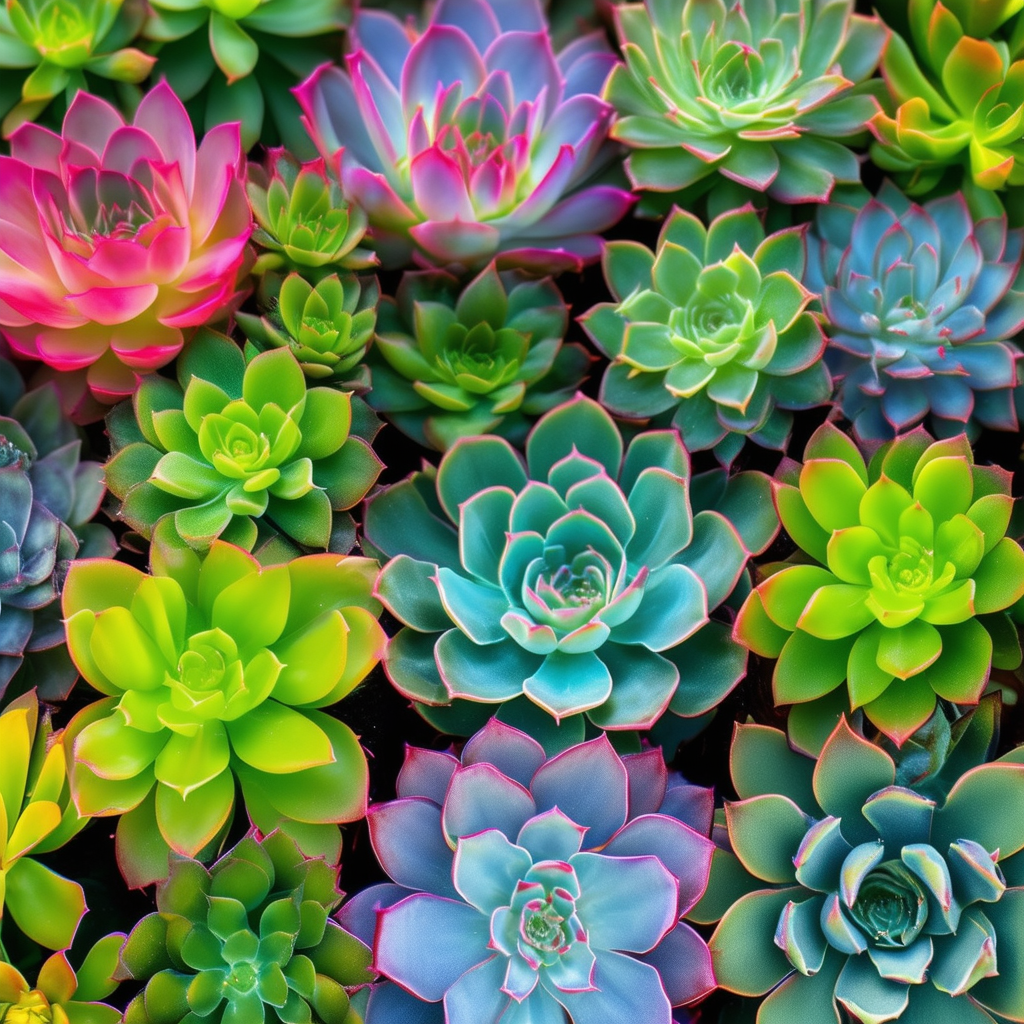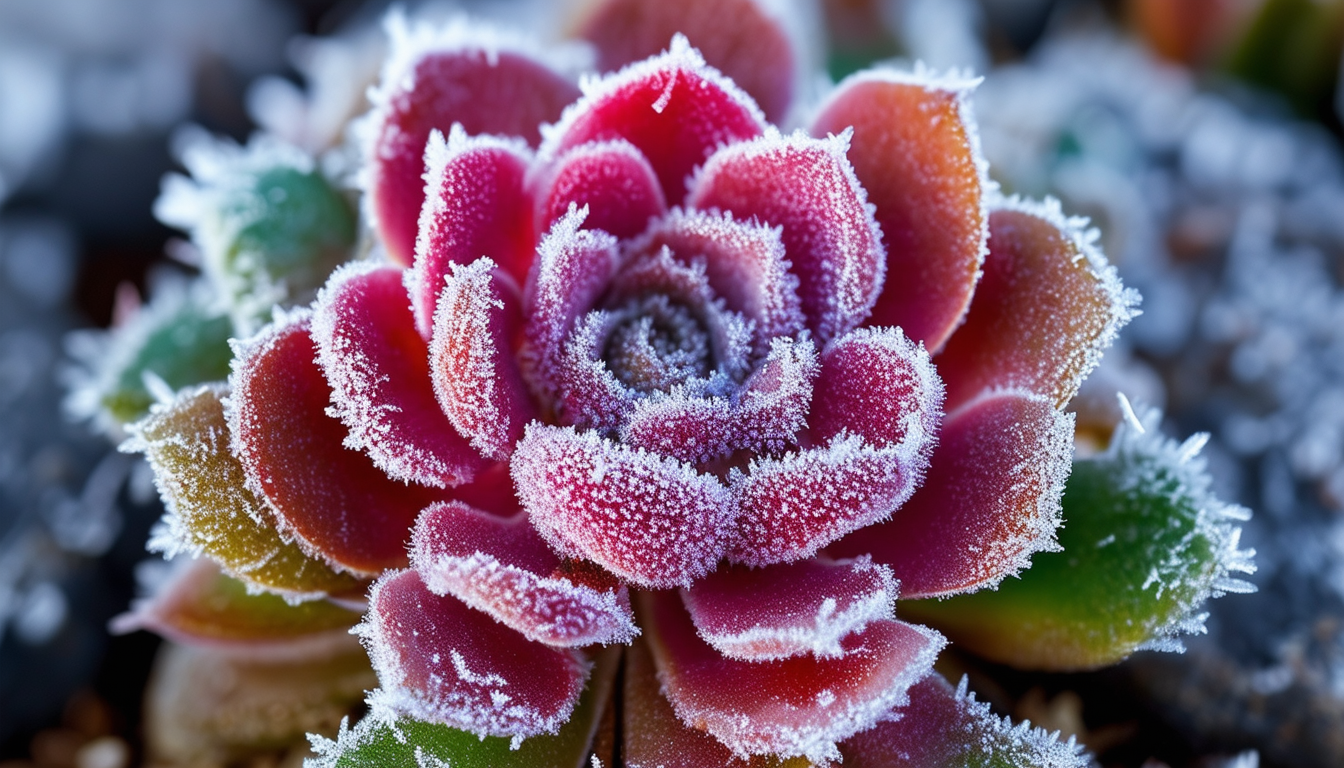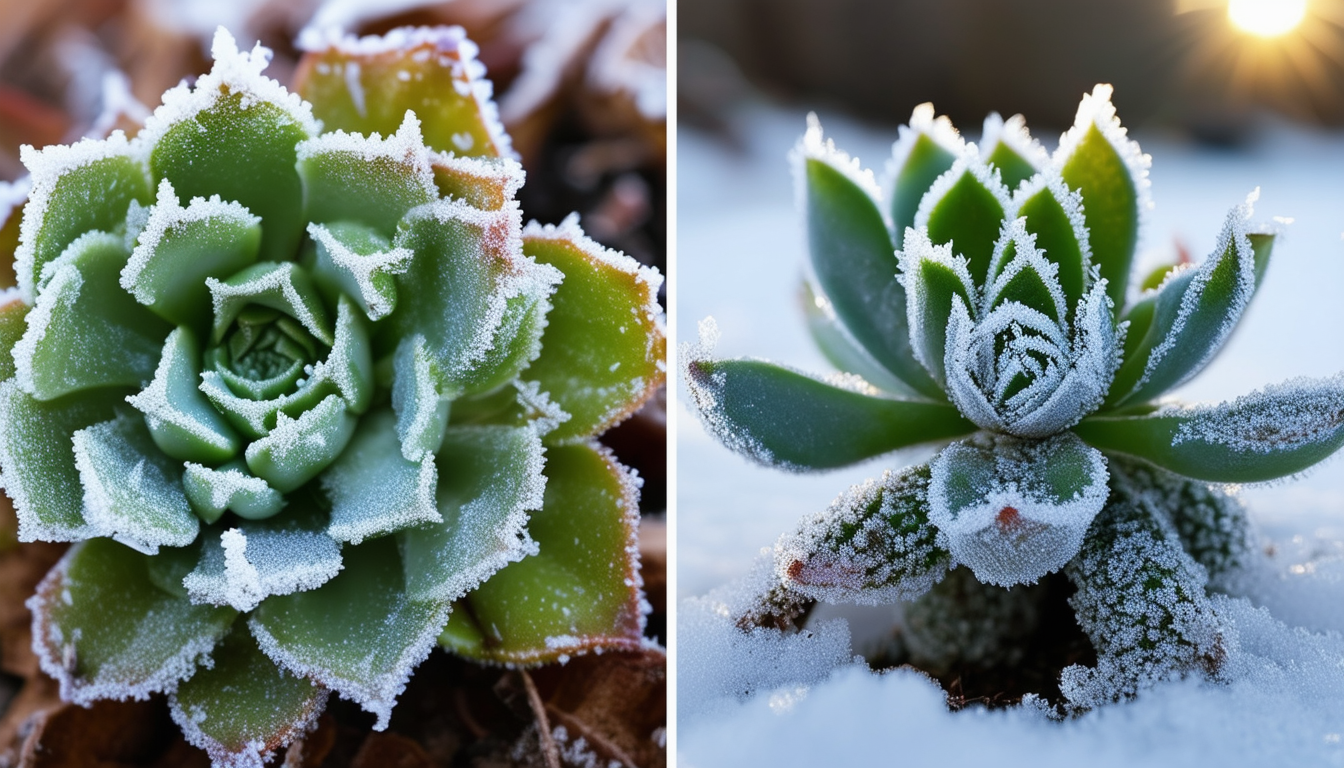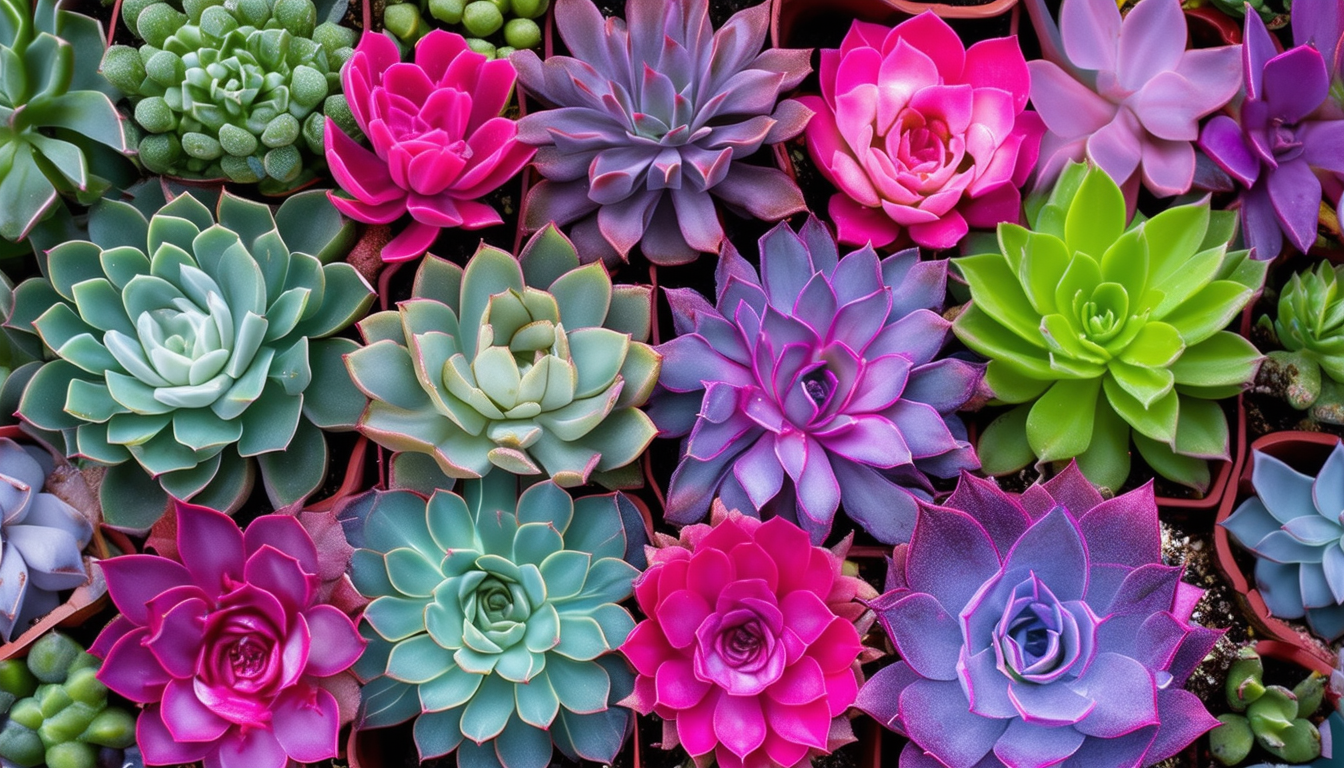
Keep your succulents thriving all summer long with this comprehensive care guide.
Master the Art of Watering
Watering succulents in the summer can be tricky as they need a balance between not too much and not too little. Succulents store water in their leaves, stems, and roots, so they don't require frequent watering like other plants. However, in hot summer months, their water requirements can increase.
A general rule of thumb is to water your succulents thoroughly, allowing the water to drain out completely. Then, wait for the soil to dry out before watering again. This method helps prevent root rot, a common issue due to overwatering.
Optimal Sunlight Exposure
Succulents love sunlight, but too much intense, direct sunlight can cause their leaves to burn. During summer, it's essential to find a sweet spot where they get plenty of light without getting scorched.
A good practice is to place your succulents in a spot where they get bright, indirect sunlight for most of the day. Early morning sun or late afternoon sun is ideal. If you notice any signs of sunburn, such as brown or white patches on the leaves, consider moving them to a shadier location.
Soil and Drainage Tips
The right soil and drainage are critical for succulent health. These plants thrive in well-draining soil that allows excess water to escape quickly, preventing root rot.
Use a specialized succulent or cactus soil mix, or create your own by mixing standard potting soil with sand or perlite. Additionally, ensure that your pots have drainage holes at the bottom to allow water to flow out freely.
Pest and Disease Prevention
Summer can bring about an increase in pests and diseases. Common pests like aphids, mealybugs, and spider mites can wreak havoc on your succulent collection.
Regularly inspect your plants for any signs of infestation. If you spot any pests, remove them manually or use natural insecticidal soap. Also, ensure good air circulation around your plants to prevent fungal diseases.
Seasonal Maintenance and Repotting
Summer is a good time to check the overall health of your succulents and perform any necessary maintenance. This may include pruning dead or damaged leaves, checking for root-bound plants, and repotting if needed.
When repotting, choose a pot that is slightly larger than the current one and fill it with fresh succulent soil mix. This gives the roots more room to grow and ensures they have access to the nutrients they need.



